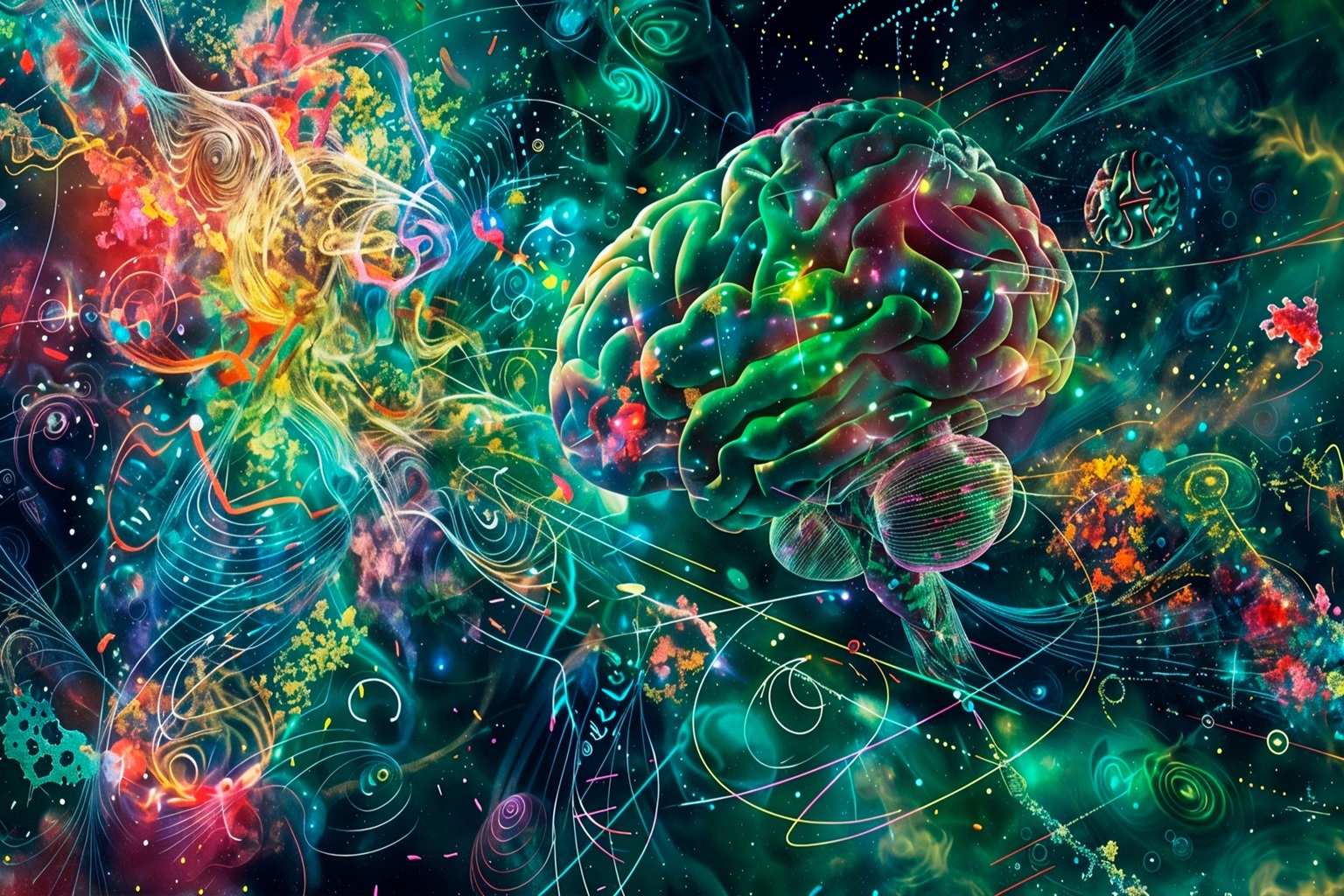Set-Theme -Name “CalmDark”

The Color Palette That Fixed My Brain
Sometimes the smallest change can have outsized effects on how we work and feel. Over the past few weeks, I’d slipped into a kind of digital malaise: browser tabs multiplying like rabbits, a scattered focus that left me jumping between tasks but never finishing any, and a subtle eye fatigue that made each screen glance feel like a paper cut. It wasn’t burnout in the classic sense—no crushing deadlines or existential dread—just a creeping sense that my tools were working against me, not for me.
A Tiny Tweak, A Big Difference
One evening, on a whim, I decided to switch my UI theme. I’d been using a high-contrast “vibrant” layout with bright accent colors for emphasis—which looked cool—but the constant pops of neon felt jarring after hours of coding. I settled on something more subdued:
Background: A deep charcoal, almost black, to recede into the background
Text: Soft gray and off-white, to prevent glaring “white-page” fatigue
Accents: A gentle teal-green in the terminal and sidebars, just enough pop to guide my eye
It was nothing dramatic—no wild rainbow gradients or pixel art icons—just calmer hues and softened contrast. Yet almost immediately, I noticed a shift. My workspace no longer screamed for attention; it felt like a quiet room again.
From Aesthetics to Attention
Here’s what changed:
Fluid Task Transitions
Without harsh color triggers pulling my gaze every few seconds, I paused less between tasks. Moving from writing to coding to reading Slack messages felt seamless, as though each window belonged to the same coherent environment.Sharper Idea Flow
In that calmer space, mental clutter fell away. Ideas that once flitted in and out of my head lingered long enough to catch and build on. I found myself sketching mini-diagrams and jotting down outlines more fluidly, instead of scrambling for notepads or losing thoughts to idle clicks.Easier on the Eyes—and the Brain
Less brightness and contrast means less pupil dilation and contraction, which translates to less physical strain. Over a full workday, my eyes didn’t burn, and I noticed fewer headaches. But beyond the physical relief, there was psychological ease: a subtle reminder that software can support calm thinking, not just flashy alerts.
Why Color Matters
Color isn’t just decoration. Decades of research in environmental psychology and user-experience design show that:
Cool colors (blues, greens) tend to be calming and focus-enhancing.
High contrast can improve readability, but too much contrast—even black on white—can cause fatigue over long periods.
Accent hues guide the eye to important elements without overwhelming peripheral vision.
By designing my workspace around these principles, I essentially “tuned” my tools to my brain’s preferred frequencies.
Crafting Your Own Clarity-Through-Color Palette
You don’t need a designer’s touch or a complex style guide. Here’s a simple recipe:
Choose a Dark or Soft Background
Look for a base color in the 10–20% brightness range. This keeps the backdrop unobtrusive.Select Two Neutral Text Shades
One for primary content (e.g., ~85% brightness)
One for secondary text or comments (e.g., ~65% brightness)
Pick One Accent Color
A single hue—green, blue, or muted orange—at around 50–60% saturation. Use it sparingly: links, highlights, the occasional icon.Test and Tweak
Work in your new theme for a day or two, and notice any strain points: too-dark panels, text that recedes, accents that feel weak. Adjust brightness or saturation in ±10% steps until it “just clicks.”
Beyond the Palette
Of course, color is only one piece of the productivity puzzle. But giving yourself an environment that doesn’t fight for attention lays the groundwork for better habits:
Declutter your tabs with workspaces or grouped windows.
Use simple notifications (muted sounds, banners instead of pop-ups).
Take micro-breaks: look away from the screen, stretch, or glance out the window every 30–45 minutes.
When you combine environmental tweaks—color, layout, notification settings—with healthy work rhythms, you create a feedback loop of ease and focus. Suddenly, the digital world feels less like a carnival ride and more like a well-tuned instrument.
Sometimes it really is the little things. A shift from neon to teal isn’t glamorous, but it reminded me that our tools can—and should—work for our minds. If you’ve been feeling the same screen-sapped drag, consider giving your UI a mini-makeover. You might just find clarity hiding in the color wheel.
